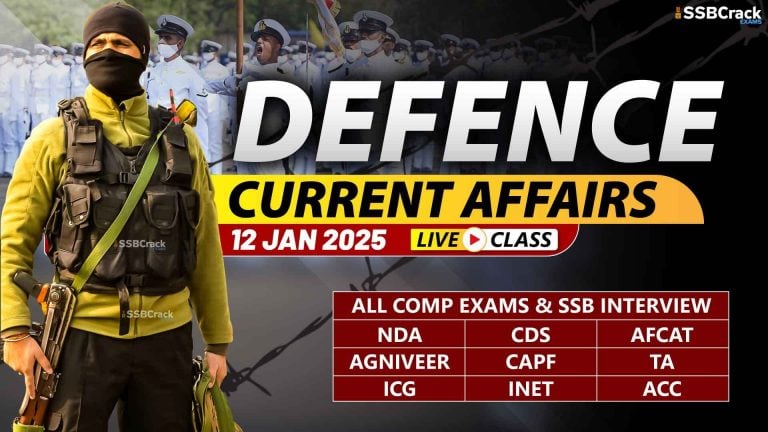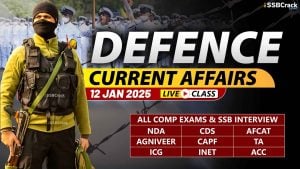Made in China air defence systems fail to protect Pak airspace repeatedly. These Chinese assets are either malfunctioning, or have over-promised, or are being handled by untrained personnel.
Chinese Air Defence Fail To Protect Pak Airspace
These Chinese assets are either malfunctioning, or have over-promised, or are being handled by untrained personnel. The recent missile and drone strike by Iran into Pakistan has raised questions in various quarters, both in Pakistan and internationally, on whether the Pakistan military was capable enough to protect its airspace, which has been repeatedly violated in the last few years.
Now with the last week’s missile and drone strikes by Islamic Revolutionary Guard Corps on what it claims were training camps of terror group Jaish-ul-Adl, in the Balochistan province of Pakistan, Pakistan’s airspace stands breached from all three countries that it shares its international boundaries with—Afghanistan, Iran and India. Three years later, in March 2022, an Indian Brahmos missile, launched accidentally, travelled 124 km inside Pakistani territory in 3 minutes and 44 seconds. The missile originating from Sirsa, Haryana entered Pakistan from Suratgarh, Rajasthan at 18.43 p.m. and fell inside Pakistan at 18.50 p.m.
Similarly, when multiple IAF assets flew into Balakot, Khyber Pakhtunkhwa, in February 2019, to target the training camps of terror organization Jaish-e-Mohammad, then too the PAF defence system that was put in place to counter such developments, was not able to respond in reasonable time. In May 2011, US Air Force assets and men spent three hours and six minutes inside Pak during the Abbottabad raid to kill Osama Bin Laden. Neither the entry of the four helicopters—two Black Hawks and two Chinooks—from Afghanistan, nor their exit was detected by the Pak air defence system, most of which are of Chinese origin.
Last year, Pak Finance Minister Muhammad Ishaq Dar had announced that the country’s defence budget for 2023-24 would be PKR US$6.27 billion which was an increase of 19.5% over the revised allocation for 2022-23. Of this total allocation, the Pakistan Air Force was allocated PKR 368.6 billion. Much of Pakistani air defence is made up of equipment and systems that have been bought or loaned from its “iron-brother” China.
In 2021, Pakistan commissioned the Chinese-made HQ-9 air defence system, also known as FD-2000, which is a long-range surface-to-air missile system designed to engage aircraft and cruise missiles. It has been using the previous versions of this air defence system since the 1990s.























